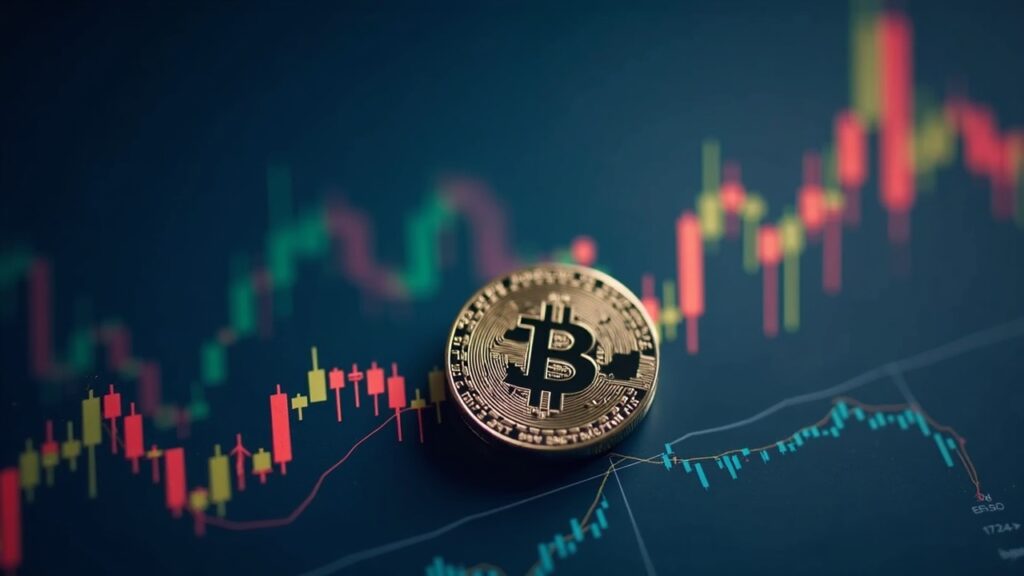Stablecoins now hold more than $300 billion in total value after a 47 percent rise since January. The extra supply gives traders, exchanges and institutions more tokens to park value or move funds, enlarging the entry and exit doors for BTC, ETH and smaller coins. The same growth tightens the circle of large issuers and draws sharper attention from regulators.
Tether (USDT) and USD Coin (USDC) remain the leaders, with USDT circulating about $176 billion and USDC about $74 billion. Together they account for roughly 82–84 percent of all stablecoin value, down from 91.6 percent in early 2024 as smaller rivals gained ground.
Higher derivatives turnover, wider use in business-to-business payments, draft U.S. rules and EU warnings from the ESRB all feed the inflow according to collected reports. Market cap equals price multiplied by the number of tokens in public hands, framing how the sector’s value is measured.
Market composition and drivers
The larger supply lets traders bid for BTC or ETH faster, yet it also ties more of the market to the health of a handful of issuers. A sudden loss of trust could push prices, funding rates and basis swaps out of line, amplifying stress across spot and derivatives.
Authorities on both sides of the Atlantic are writing tougher compliance rules that will raise costs and may force issuers to change how they operate. Market focus has shifted to pending U.S. bills, ESRB guidance and the contest among issuers for share. The outcome will decide how much liquidity sits on exchanges in the next weeks and how spot and derivative prices react, with traders and fund managers watching issuer balances, funding rates and regulatory statements day to day.
Some projections place the sector at $3 trillion by 2030 if laws settle and institutions keep adding exposure. Moody’s has flagged weak points including thin liquidity in certain pools, heavy reliance on price oracles and the weight of issuance resting on a few firms.
Stablecoin expansion is widening crypto liquidity while concentrating issuer risk under closer regulatory scrutiny. The next wave of rules and issuer competition will shape exchange liquidity and price behavior, guiding how participants navigate inflows and market structure.

